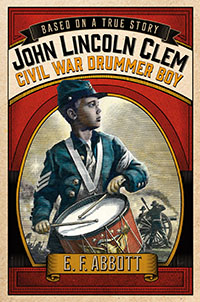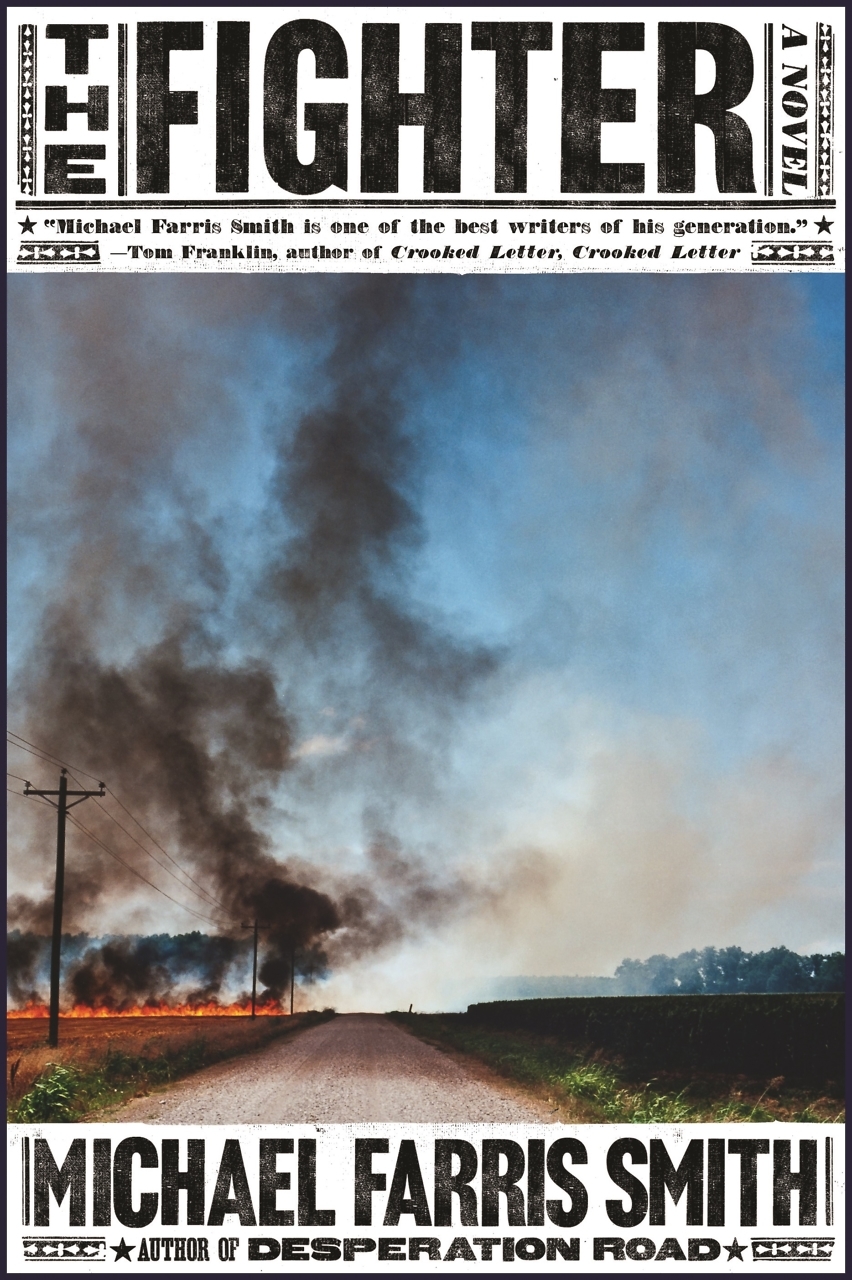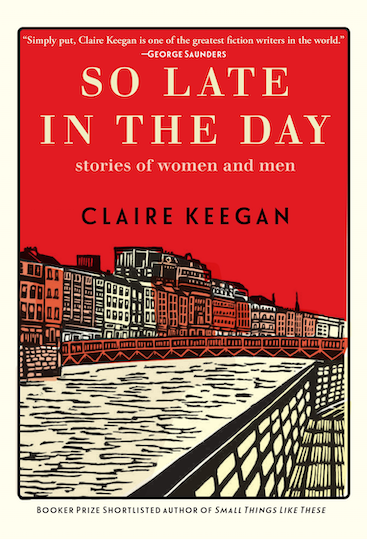Different Drums
Writing as E.F. Abbott, children’s author Kristin O’Donnell Tubb transforms a legend into a lesson in John Lincoln Clem: Civil War Drummer Boy
The fourth book in Macmillan’s “Based on a True Story” series for middle-grade readers, John Lincoln Clem: Civil War Drummer Boy, is the tale of Johnny Clem, a drummer boy for the Union side during the Battle of Shiloh. Writing under the pseudonym of E.F. Abbott, Williamson County author Kristin O’Donnell Tubb tells a story that’s something less than history and something more than fiction.
 In January 1963, NBC broadcast a two-part episode of Walt Disney’s Wonderful World of Color titled “Johnny Shiloh.” Johnny Clem was a ten-year-old boy who ran away from home to volunteer for Union troops during the Civil War. The episode depicts Clem as a drummer boy for the 22nd Michigan Infantry who marched with them during the Battle of Shiloh. Though Clem was a real boy whom the 22nd eventually adopted, some historians believe this particular infantry did not yet exist at the time of Shiloh; they speculated that perhaps the myth of “Johnny Shiloh” emerged from the conflation of Clem’s fame and the song “The Drummer Boy of Shiloh” written for Harpers Weekly more than a year after the battle.
In January 1963, NBC broadcast a two-part episode of Walt Disney’s Wonderful World of Color titled “Johnny Shiloh.” Johnny Clem was a ten-year-old boy who ran away from home to volunteer for Union troops during the Civil War. The episode depicts Clem as a drummer boy for the 22nd Michigan Infantry who marched with them during the Battle of Shiloh. Though Clem was a real boy whom the 22nd eventually adopted, some historians believe this particular infantry did not yet exist at the time of Shiloh; they speculated that perhaps the myth of “Johnny Shiloh” emerged from the conflation of Clem’s fame and the song “The Drummer Boy of Shiloh” written for Harpers Weekly more than a year after the battle.
“Clem himself claims he was at Shiloh,” writes Tubb, and John Lincoln Clem refashions the Shiloh legend “for the sake of the story.” The novel tells Clem’s tale from the time he runs away from his Ohio home at age nine through his stint with the 22nd Michigan and his reflections on slavery after the war ends when he’s fifteen. The novel will appeal to the same audience targeted by Disney five decades ago: eight-to-twelve-year-olds—especially eight-to-twelve-year-old boys.
Johnny “hated feeling small and powerless,” Tubb writes on the first page, signaling that this book will be far more than a chronological retelling of a young Civil War soldier’s history. Lessons of character appear throughout the novel—in one example, a Union sympathizer asks a crowd, “We are a nation ripped apart at the seams, and for what reason?” The same “important man didn’t laugh, no, sir,” when someone from the crowd yelled that those on the Confederate side were “selfish morons.”
 Tubb’s most significant contribution to modernizing the “Johnny Shiloh” legend is the way she weaves into Clem’s tale a story of racial justice which, ironically, could easily have been lost amid this Civil War story. Clem finds Jackson, a runaway slave with an iron collar of bells still around this neck, after the drummer boy’s fellow infantrymen throw him a gun and ask him to kill a few rabbits in the brush surrounding their camp.
Tubb’s most significant contribution to modernizing the “Johnny Shiloh” legend is the way she weaves into Clem’s tale a story of racial justice which, ironically, could easily have been lost amid this Civil War story. Clem finds Jackson, a runaway slave with an iron collar of bells still around this neck, after the drummer boy’s fellow infantrymen throw him a gun and ask him to kill a few rabbits in the brush surrounding their camp.
He brings Jackson, a boy in rags only slightly older than Clem, to their campsite, where, to the surprise of the other soldiers, their captain adopts the former slave into their ranks. “But it’s against the law, sir,” utters another drummer boy. “As far as I’m concerned,” the captain answers, “the Confederates make a law, and I’m going to do the opposite.” That the captain is more interested in subverting the Rebels than in honoring Jackson’s own humanity is not surprising given the time period, but the scene sets in motion a burgeoning friendship between Clem and Jackson that will later illuminate matters of race for young readers.
In her author’s note, Tubb mentions that Jackson was apparently the name given to a real African-American boy who became a drummer for the 78th Infantry, U.S. Colored Troops, out of Port Hudson, Louisiana. In some photographs, she writes, the same boy is named Taylor, and some commentators believe that his portrait in rags was “supposed to look like many of the runaway slaves that flocked to the banners of the Union Army during the American Civil War. Used in combination with a photograph of Jackson as a drummer in military uniform, this was circulated to encourage enlistments among African Americans.”
Jackson/Taylor and John Clem probably never met in real life, according to Tubb, but John Lincoln Clem is a curated account for children, and having the two boys experience hardship together provides an opportunity not only to illustrate how “winning came with so much losing,” as Tubb puts it, but how “being free” was more than a distant motivation for some—it was a choice was between life or a living death in an iron collar.

Win Bassett’s essays, interviews, and reviews have been published by The Atlantic, the Oxford American, The Paris Review Daily, The Poetry Foundation, and The Washington Post. His poems have appeared in The Southern Poetry Anthology, Image, and Still: The Journal. He serves on the editorial staff of Virginia Quarterly Review and teaches high school in Nashville.


